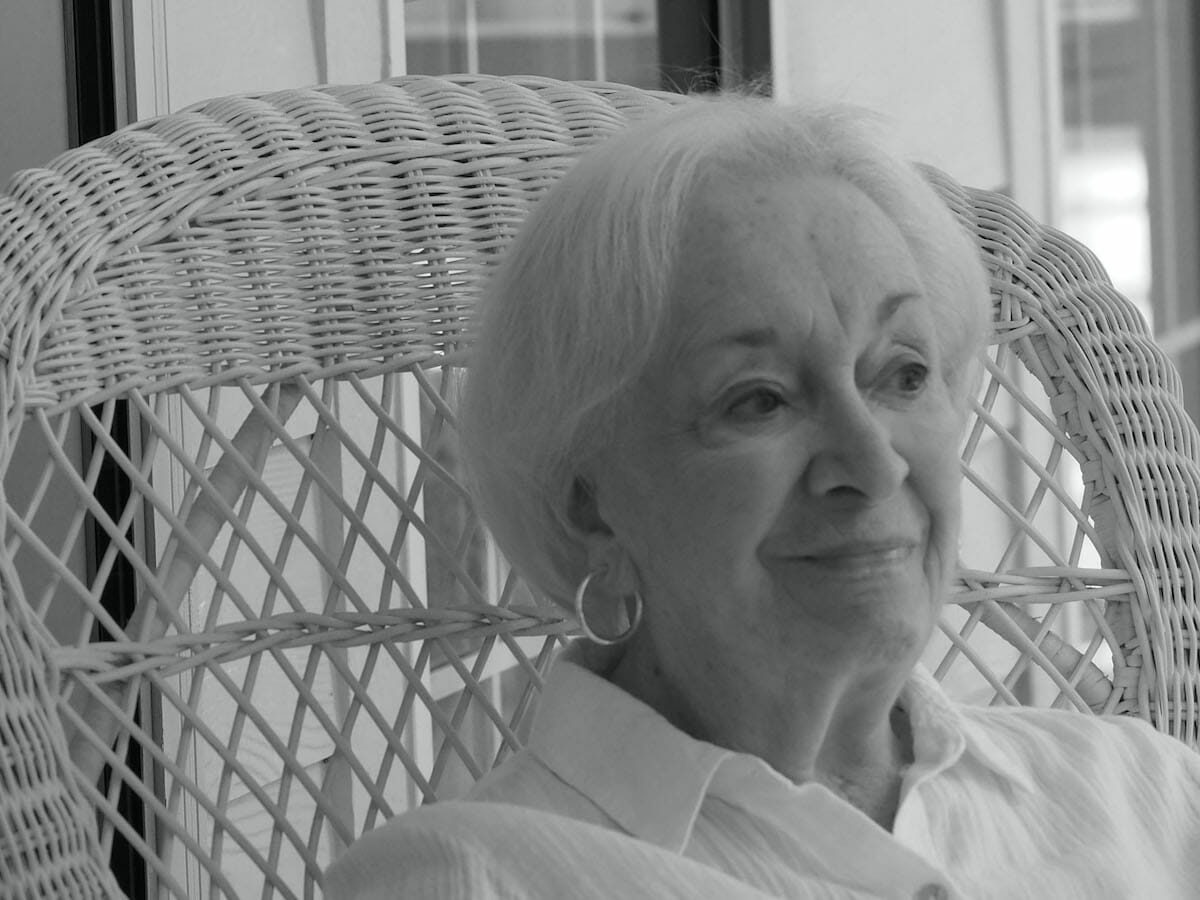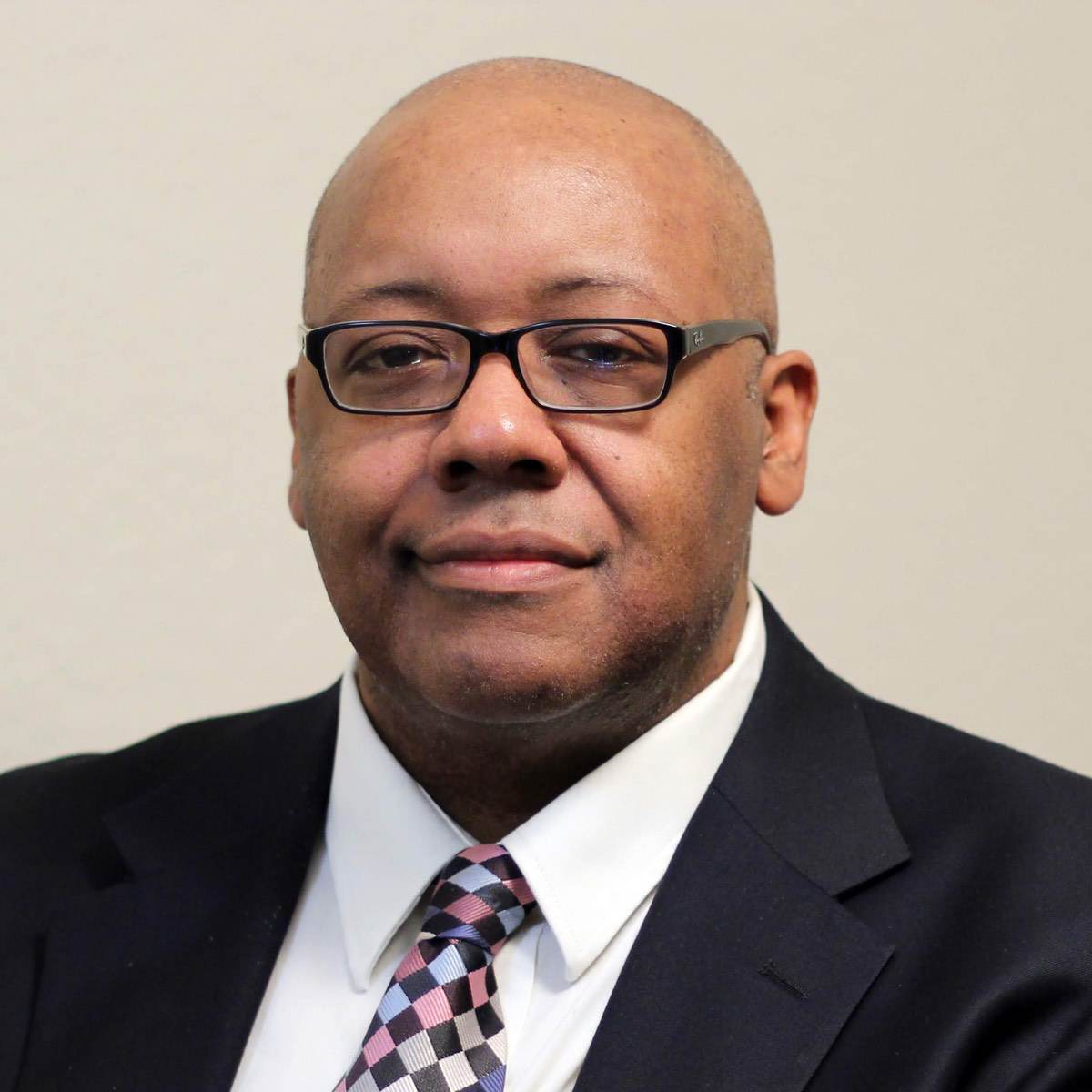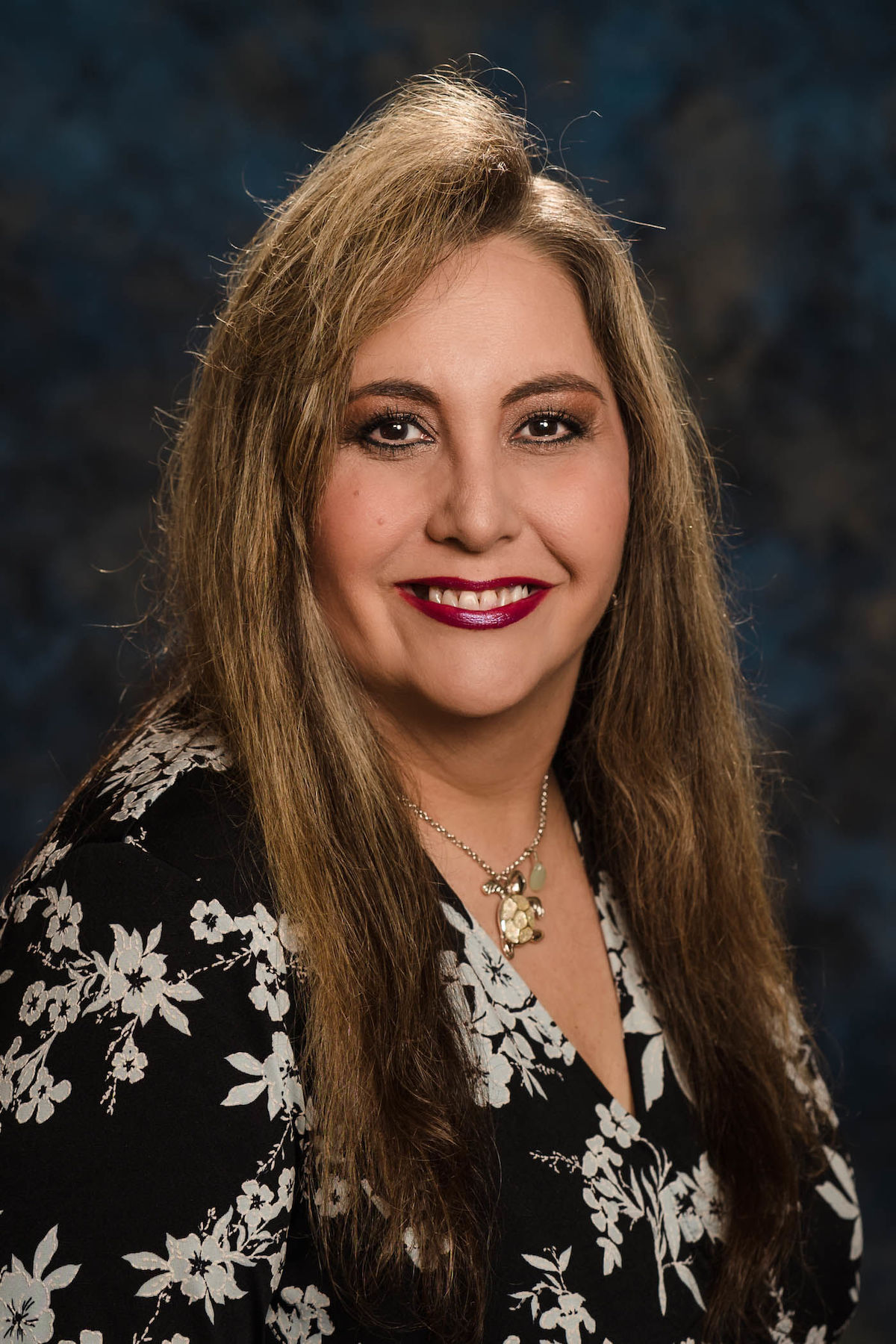By Carol Lucas
The term “lost generation” generally refers to those Americans who lost their lives during World War I. In a literary sense it refers to that group of writers who came of age during WWI and became successful in their trade. A more general definition might be an “unfulfilled generation” coming of age during a period of instability.
I think most of us have varying opinions regarding the COVID-19 pandemic, ranging from the extreme “hoax” theories to the reality concerning the number of lives taken, not just here, but around the world. Many of us lost friends or loved ones to the virus; for them, and that includes me, it was very real.
As we emerge from what was the most significant health trauma in decades, we are beginning to analyze some of the far-reaching effects of the scourge that held us captive for longer than two years. In a conversation with a friend who works with a nonprofit organization, I was made aware of one area in particular where the repercussions are not only current, but also portend consequences for a generation of kids to come, depending upon where they were in their school experience when COVID-19 hit.
As a former educator, and a grandparent of a child that falls into this group, I was fascinated by the thinking and research that is presently driving a current study.
The effects of the pandemic were numerous; everyone can agree with this. Certainly health systems, economies, and businesses were impacted. History will deal with these accordingly, and indeed, books on those topics now sit on library shelves.
As for individuals, stress and anxiety reached an all time high for many. Families were strained to the limit with loss of jobs as well as their health.
But what about our children? It is now being recognized that children in certain age groups, because of where they were located on the educational spectrum, are presently suffering greater impact. I will attempt to put this into perspective as I understand it.
Many of us became more anxious when the pandemic struck. The stress of the unknown was difficult, and our being isolated didn’t help. For those already under stress, serious mental health issues became even more prevalent.
Now transfer that perception to young people. Faced with school and university closures, kids felt an isolation, a sense of disconnection and thus a vulnerability leading to behavioral problems, the most serious of which were suicidal thoughts.
Sadly, while mental health needs rose, the corresponding services to treat these needs were disrupted, and in some cases diminished. And much like the dog chasing its tail, this circular conundrum prevented people from seeking help.
As my friend and I talked, she set forth what might be called a verbal graph. Starting with preschoolers, she put forth the premise that preschool kids, ages 2 through 4, who missed those one and a half to two years, found themselves in kindergarten without the skills of socialization as well as other basics learned in preschool.
Elementary-age students at every juncture missed several months of learning in reading and math. What they missed and the resulting impact is still being evaluated. But with a focus on mental health and the missed period of adjustment, let’s skip forward to the student at the end of the elementary spectrum. I state it this way because some districts consider middle school as grades 6-8 while others work with grades 7-9.
Regardless of the structure, middle school is a mixed bag. These kids are going through bodily and mental changes that are foreign to them and difficult at best. When I was teaching high school, I used to say that you couldn’t pay me double the salary to teach a classroom full of raging hormones. So imagine the kid that was in elementary school two years ago, lacking many of the social graces, suddenly finding himself in the middle school environment.
Now let’s consider the girl in eighth grade who, through virtual learning only, social skills on hold, is suddenly a ninth grade student. She is new to the high school setting which includes a much more diverse population (several middle schools feeding into a larger high school). Let me take a moment to interject my take on high school girls.
I loved teaching and would do it again in a heartbeat, knowing what I experienced. While I am in touch with many former female students today, I much preferred teaching boys. They would get angry and fight (verbally and maybe physically, although not in my classroom), but a half hour later they were over it.
Not girls. Not even close. I once alluded to the concept of “congenital bitchery” and felt confident in stating such since I am a female. The movie “Mean Girls” wasn’t created out of thin air.
So the little gal who is thrust into the high school setting without that transitional year often finds herself bewildered, frustrated, and definitely under stress.
One statistic that absolutely screams for attention is this: there was a 51% increase over one year in suspected suicide attempts among girls ages 12 through 17. Process that and then tell me we don’t need to jump on that problem and now.
And what about that group of high school seniors who lost the precious memories brought about by prom, graduation, recognition of achievements throughout their high school years and more. Some might say that moving on to college would relieve some of that loss, but I tend to disagree.
The senior year is one of decision-making. College or not? If college, which college? If the student does select college, is he/she adequately prepared? Which trade school and what specific trade? Life altering decisions made under stress and disappointment. How many will drop by the wayside, if they haven’t already, victims in a whole different way to the pandemic
This article doesn’t even address other very important factors such as income-base or students with disabilities. The point is, what is being done to help some of the existing situations, those that our kids had no part in creating?
Some contend that adults were prioritized over kids during the pandemic. I have no opinion on that. What I do know is that we may well have a lost generation on our hands if we don’t make an effort to address the problem, now rather than later.
Carol Lucas is a retired high school teacher and a Lady’s Island resident. She is the author of the recently published “A Breath Away: One Woman’s Journey Through Widowhood.”




